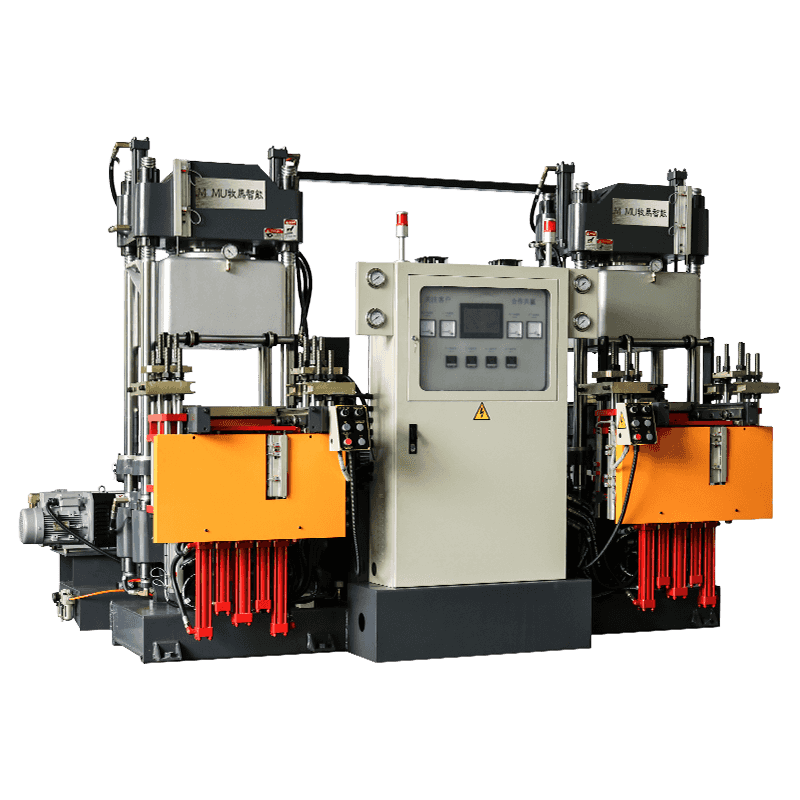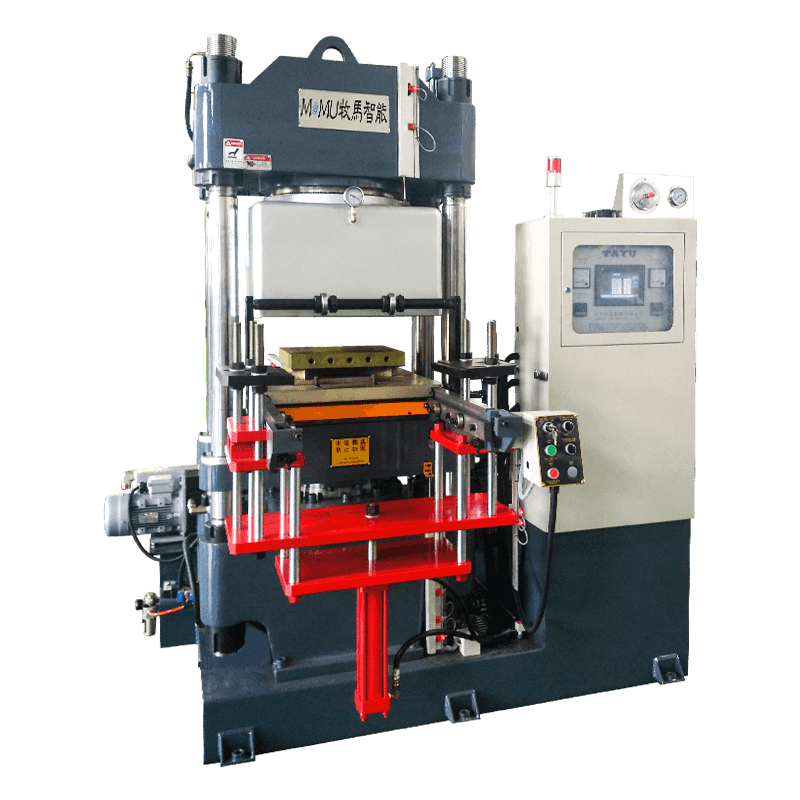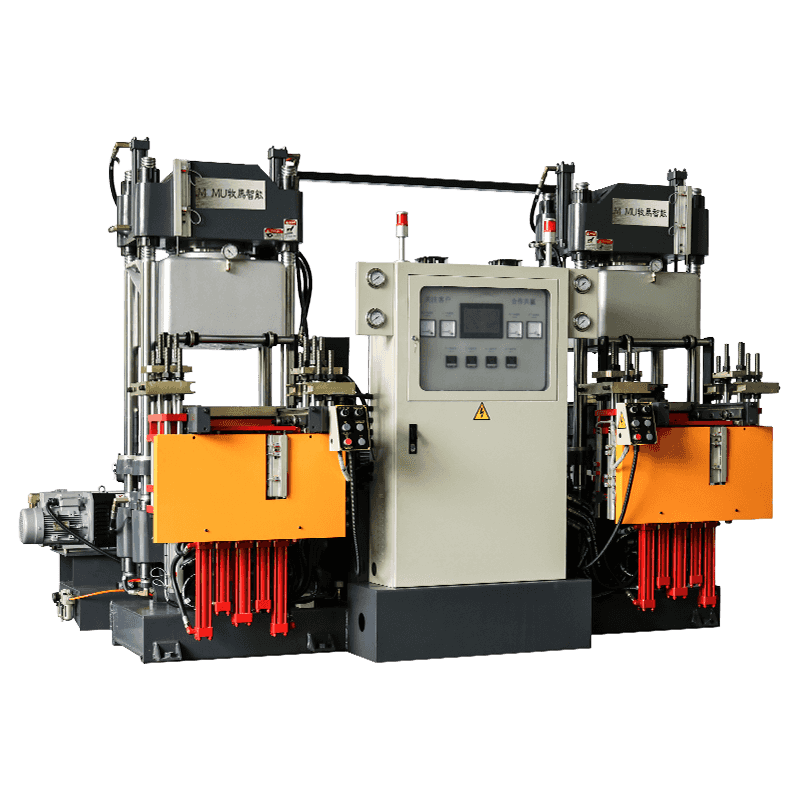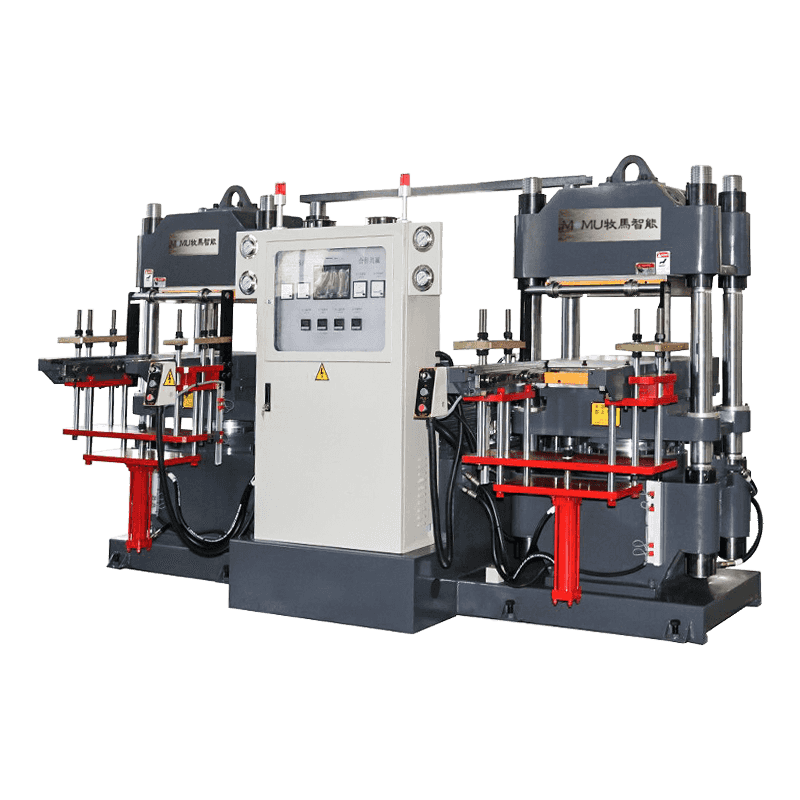Maintaining an insulator machine to ensure it runs efficiently involves several routine and periodic tasks. Here are key maintenance activities to consider:
Routine Maintenance
Regular Cleaning:
Clean the machine daily to remove dust, debris, and insulating material residues.
Ensure that all vents and filters are free from obstructions.
Lubrication:
Regularly lubricate moving parts according to the manufacturer’s recommendations.
Check lubrication points and use the appropriate type of lubricant.
Inspection of Parts:
Inspect critical components like belts, pulleys, and rollers for wear and tear.
Check for any loose or damaged parts and tighten or replace them as necessary.

Monitoring Electrical Components:
Inspect wiring and connections for signs of wear, corrosion, or damage.
Ensure that all electrical components are functioning correctly and safely.
Periodic Maintenance
Calibration and Adjustments:
Periodically calibrate the machine to ensure it is producing insulation at the desired thickness and quality.
Make necessary adjustments to maintain precision.
Filter Replacement:
Replace filters at regular intervals to maintain airflow and prevent clogging.
Checking Seals and Gaskets:
Inspect seals and gaskets for any signs of wear or leakage.
Replace them if they show signs of deterioration.
Software Updates:
If the machine has a computerized control system, ensure that software updates are installed promptly.
Regularly check for firmware updates to improve performance and fix bugs.
Annual Maintenance
Comprehensive Inspection:
Conduct a thorough inspection of all machine components annually.
Look for any signs of fatigue or damage that might not be evident during routine checks.
Professional Servicing:
Have a professional technician service the machine annually to ensure it is in optimal working condition.
Address any complex issues that require specialized knowledge or tools.
Best Practices
Maintenance Logs:
Keep detailed records of all maintenance activities, including dates, tasks performed, and any parts replaced.
Use the logs to track the machine’s performance and identify patterns or recurring issues.
Training for Operators:
Ensure that machine operators are trained in basic maintenance tasks and know how to identify potential issues.
Provide refresher training periodically to keep skills up-to-date.
Spare Parts Inventory:
Maintain an inventory of commonly used spare parts to minimize downtime during repairs.
Ensure that critical components are readily available.
Manufacturer Guidelines:
Follow the manufacturer’s maintenance schedule and guidelines strictly.
Use only recommended parts and consumables to avoid voiding warranties and ensure compatibility.
Regular and thorough maintenance is essential for keeping an insulator machine running efficiently, minimizing downtime, and extending its lifespan.




